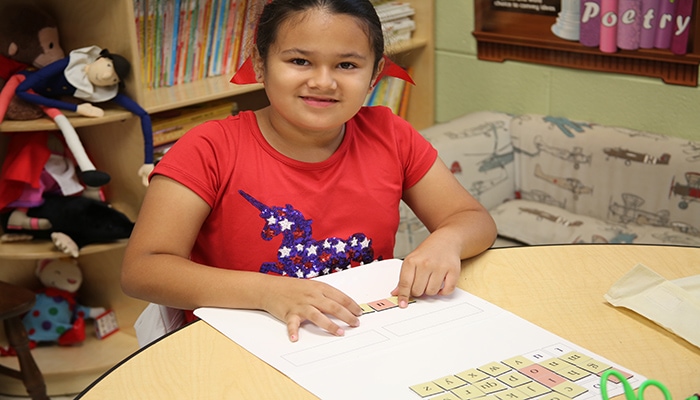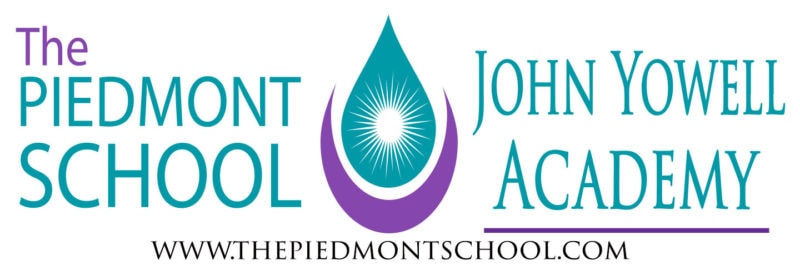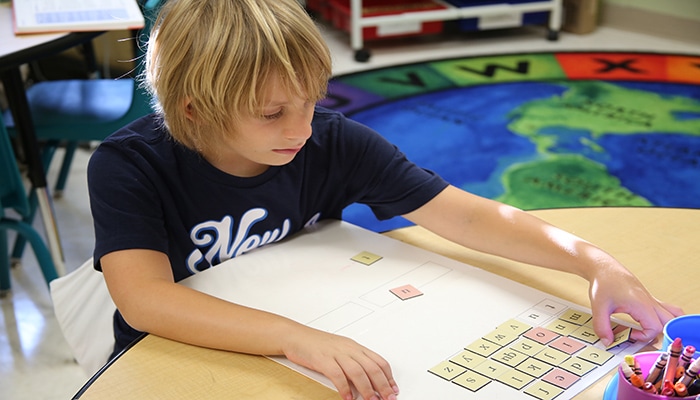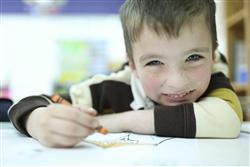Dyslexia: The Invisible Disability
By Guest Blogger Kori Mackall, Director of Communications & Development, The Piedmont School & John Yowell Academy
October is finally here and is the official Learning Disabilities Awareness Month! When many think of the phrase “learning disability” they may think of children who struggle with cognitive or developmental delays, attention deficits, or even physical limitations (often not at all related to learning abilities). However, often forgotten are the “invisible disabilities.” With these learning disabilities, students often appear like any other student. They play sports, they are artistic or creative, they have lots of friends, and they may even excel at certain areas of school. Yet these students struggle greatly just to get through their academic day. They work twice as hard as their peers just to keep afloat due to roadblocks they are facing that complicate their ability to learn at the same rate as their peers in traditional classrooms.
One of the most common of the “invisible disabilities” is dyslexia. The International Dyslexia Association defines dyslexia as “a specific learning disability that is neurobiological in origin. It is characterized by difficulties with accurate and/or fluent word recognition and by poor spelling and decoding abilities. These difficulties typically result from a deficit in the phonological component of language that is often unexpected in relation to other cognitive abilities and the provision of effective classroom instruction. Secondary consequences may include problems in reading comprehension and reduced reading experience that can impede growth of vocabulary and background knowledge.”
Let’s break that down.
 Dyslexic students often have average or above cognitive ability and succeed in many other areas of their daily life or even in their schooling but find themselves struggling with basic reading abilities such as learning letter sounds, decoding words, slower reading fluency, etc. These struggles over time can lead to difficulty with comprehension. When a child is putting in extra effort to decode words, it becomes extremely difficult for them to give effort into understanding what they are reading. If undiagnosed or without intervention, students with dyslexia may begin to struggle across subject areas and even with their confidence level as they progress through their school career.
Dyslexic students often have average or above cognitive ability and succeed in many other areas of their daily life or even in their schooling but find themselves struggling with basic reading abilities such as learning letter sounds, decoding words, slower reading fluency, etc. These struggles over time can lead to difficulty with comprehension. When a child is putting in extra effort to decode words, it becomes extremely difficult for them to give effort into understanding what they are reading. If undiagnosed or without intervention, students with dyslexia may begin to struggle across subject areas and even with their confidence level as they progress through their school career.
There are several interventions for students with dyslexia that can help provide strategies needed for them to be successful. Some of these strategies include providing students with accommodations in the classroom such as verbal instructions or read aloud options, the use of enlarged print or highlighters, extended time, multiple breaks, and the option to mark answers in tests booklets (vs a bubble sheet). There are also specific reading programs and methodologies designed to benefit students with dyslexia such as the Orton-Gillingham Method which uses a multi-sensory approach to reading or the Lindmood-Bell method which puts emphasis on the auditory discrimination, comprehension, fluency and sight word recognition.
Here at The Piedmont School and John Yowell Academy, we work with students with dyslexia every day. We have learned in our nearly four decades of experience that when it comes to dyslexia, one size does not fit all. This is why we take the dedicated time to truly get to the root of every students unique learning difference and use a variant of research-based methods and programs to individually design the best approach for each student. We are firm believers that there is not a magic “fix all” approach but that a structured and individualized plan can help students struggling with dyslexia or other learning differences find success in the classroom and regain their confidence.
Our amazing faculty at The Piedmont School and John Yowell Academy are experts in their content areas and are frequently attending professional development or other continuing education in order to stay on top of the latest research-based methodologies. We have Wilson and Orton-Gillingham certified faculty members on our staff, we have worked with Lindamood Bell, and several of our faculty attended a guided reading/Jan Richardson model training in Boston last summer. Our faculty mold different strategies and adapt them for each of their students to help them fine-tune their learning style.
To learn more about The Piedmont School and John Yowell Academy, visit our website at www.thepiedmontschool.com or give us a call to schedule a tour (336) 883-0992.

Sponsored by The Piedmont School







